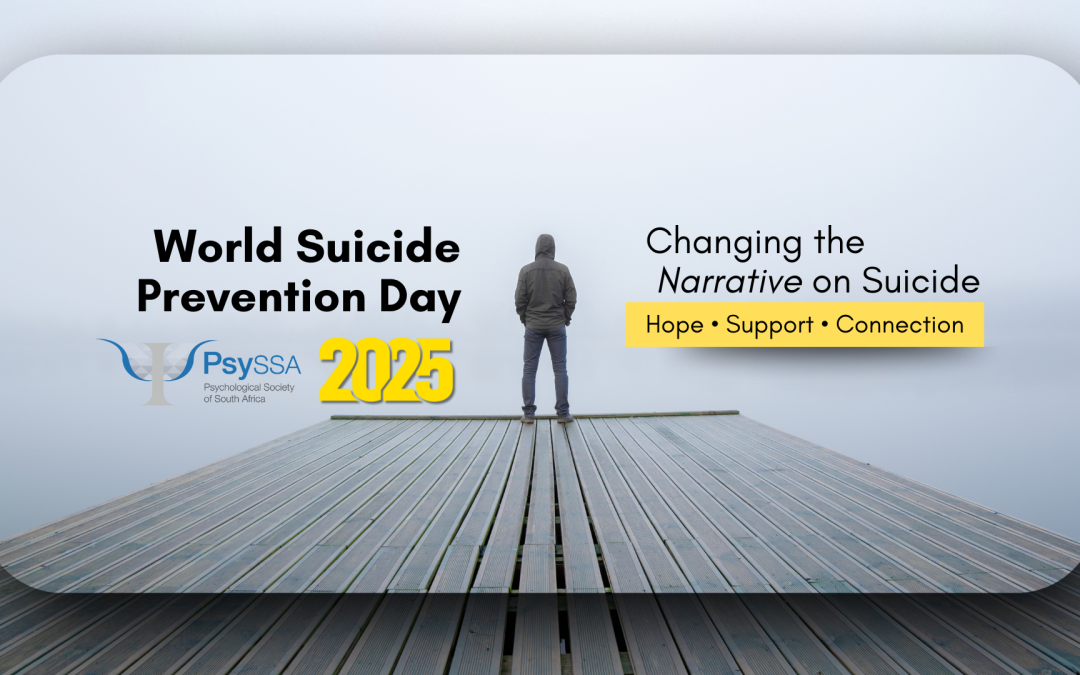The 10th of September 2025 marks World Suicide Prevention Day. This year the theme focuses on, “Changing the narrative on suicide.” What this means is the transformation from silence, stigma and misunderstandings, into openness, grounded in both empathy and support. As such moving from isolation to connection, and from crisis to prevention.
Suicidal behaviour exists along a spectrum. From passive thoughts of death to active planning, non-fatal suicide attempts, and, tragically, completed suicide.
Para-suicide, or non-fatal suicidal behaviour, refers to those instances where a person engages in potentially self-lethal actions but survives, whether by intent or by circumstance.
It’s essential to distinguish between passive and active suicidal ideation.
Passive ideation might include a wish not to wake up, while active ideation involves a plan or intent to end one’s life. That difference matters, because active ideation carries a significantly higher risk of eventual suicide.
South Africa presents a unique and pressing context. We face one of the world’s highest rates of inequality, pervasive violence, and widespread poverty. Our mental health services are overstretched, underfunded, and unevenly distributed.
Within this landscape, suicide is a significant public health burden. Globally, more than 700,000 people die by suicide each year and three out of four of those deaths occur in low- and middle-income countries like ours.
Importantly, for every death by suicide, many more survive suicide attempts, many of whom go on to attempt again, often with greater intent.
Interestingly, while men are more likely to die by suicide, women are more likely to attempt suicide. As such gender difference that also calls for nuanced, gender-sensitive approaches.
For mental health providers, firstly, it reminds us that suicide prevention must be context-specific. It’s not enough to apply generic risk scales or protocols developed in high-income settings.
We need to take seriously the structural realities of trauma, poverty, and marginalisation that shape our patients’ lives.
Second, risk doesn’t always look dramatic. Chronic hopelessness, emotional flatness, and even brief “improvements” in mood after long depressive episodes can be red flags. Signals of someone who may be resolved to act.
Third, non-fatal suicide attempts are not failures of intent. Rather they are opportunities. Opportunities not just for clinical intervention, but for deep listening.
They’re often expressions of unbearable psychic pain, overwhelming despair, or attempts to regain control in environments where autonomy is experienced as stripped away.
Lastly, interdisciplinary collaboration is essential. Nurses, psychologists, psychiatrists, occupational therapists, social workers. We all play a role in noticing subtle shifts in risk, building therapeutic relationships, and creating environments where patients feel seen, supported, and safe.
If we’re to address suicide and para-suicide meaningfully, we need more than risk assessments.
We need compassion
We need context-aware care
And we need structural advocacy, both within our institutions and in the broader systems that shape mental health outcomes.


